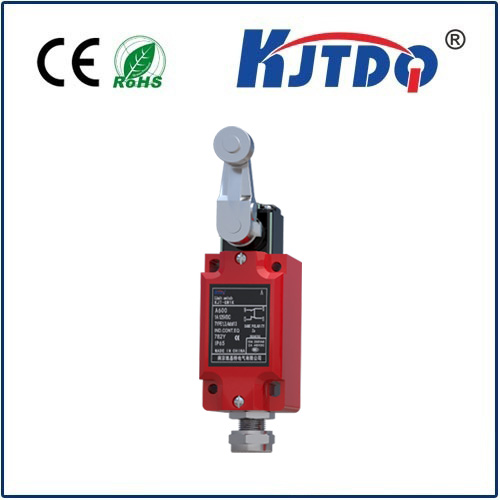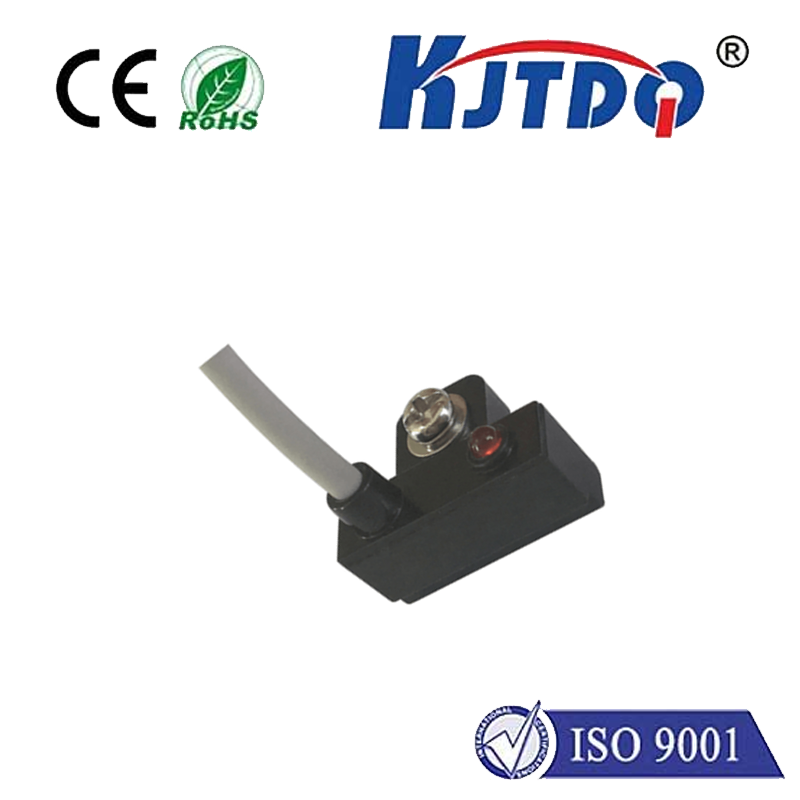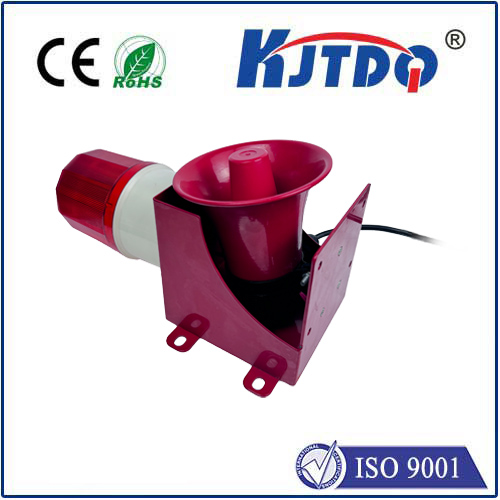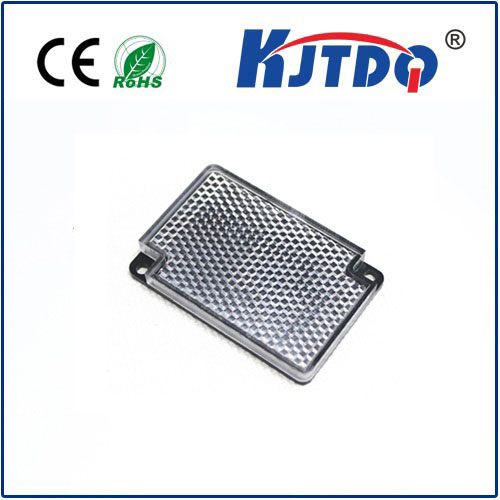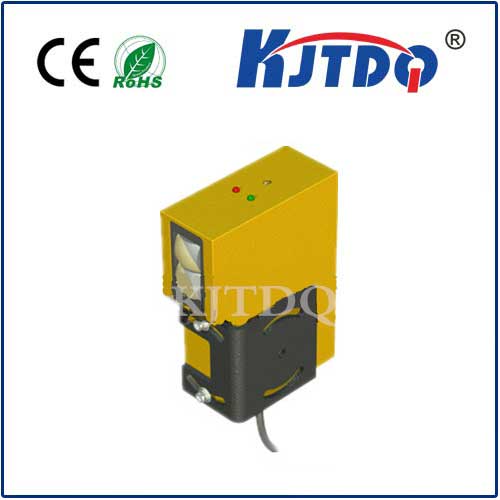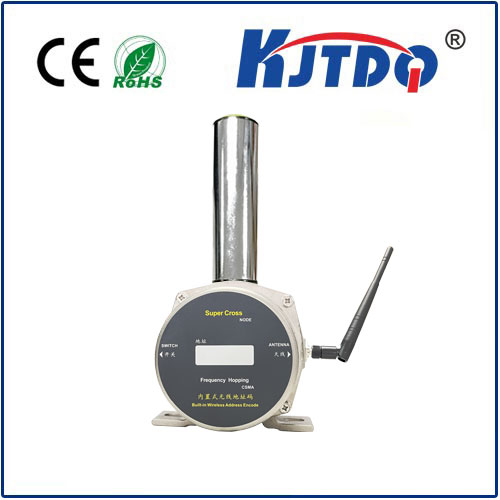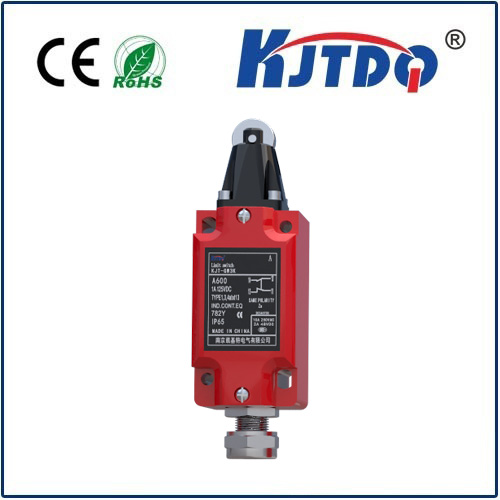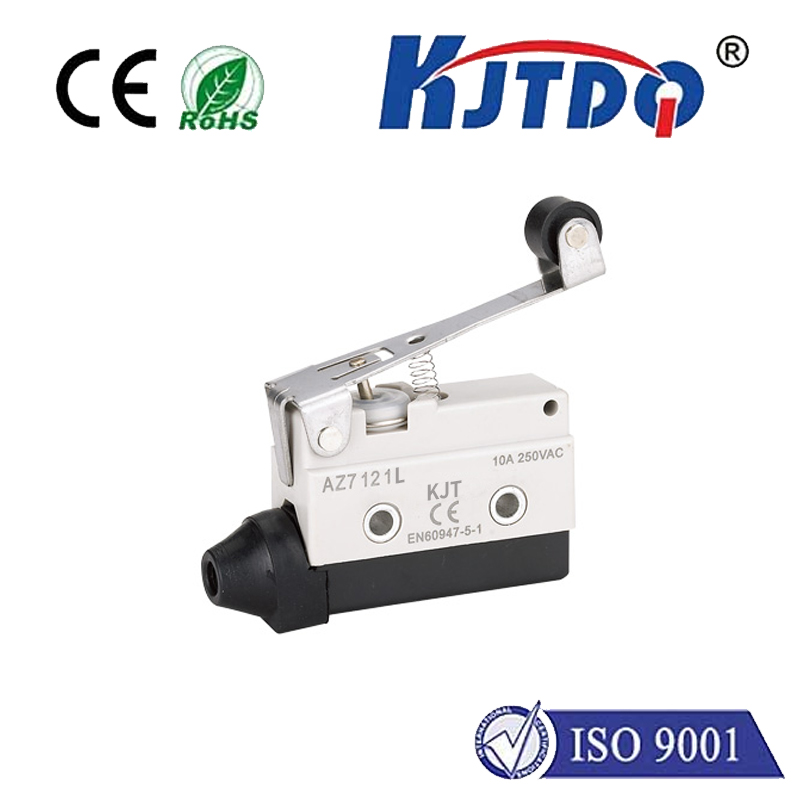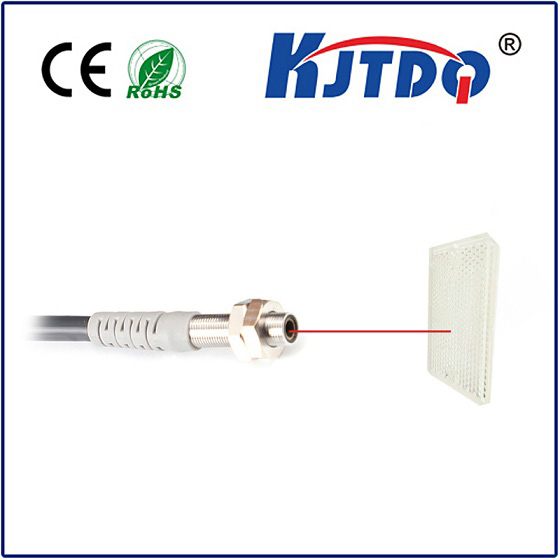
check

check

check

check
Title: The Importance of Crane Position Switches in Industrial Operations
In the world of industrial machinery, cranes play a crucial role in various construction projects, material handling operations, and heavy lifting tasks. These massive machines require precise control to ensure safe and efficient operation. One critical component that contributes to this control is the crane position switch. This article delves into the importance of crane position switches and their significance in ensuring safe and effective use of these machines.
1. Understanding Crane Position Switches
A crane position switch is a mechanical device that regulates the movement of the crane's boom or arm. It enables the operator to select between two positions: forward and reverse. In forward position, the arm moves up and down, while in reverse, it moves down and up. By switching between these two positions, the crane can be positioned for different tasks, such as lifting heavy loads or positioning materials precisely.
2. Safety Aspects of Crane Position Switches
The safety of workers operating cranes is paramount. Crane position switches help prevent accidents by providing accurate control over the machine's movement. When the operator selects the correct position, the crane can move only within specified limits, ensuring that the load being lifted does not exceed its capacity or cause damage to surrounding structures. Additionally, position switches can detect when the crane is about to reach its limits or make contact with other objects, alerting operators to take corrective action before a collision occurs.
3. Improved Operational Efficiency
Position switches also contribute to improved operational efficiency by allowing operators to quickly switch between different positions. This flexibility enables them to adjust their working style according to the task at hand, saving time and reducing downtime due to unexpected malfunctions or delays. Furthermore, advanced position switches often feature built-in sensors that can detect changes in the environment, such as obstructions or weather conditions, enabling operators to take proactive measures to avoid accidents or delays.
4. Cost Savings through Reduced Maintenance Needs
Position switches are designed to last a long time and require minimal maintenance. They typically have fewer moving parts than other components in a crane, making them less prone to wear and tear. This translates to reduced maintenance costs for manufacturers and users alike. Additionally, well-maintained position switches can improve the overall performance and longevity of a crane, further contributing to cost savings in the long run.
In conclusion, crane position switches play a vital role in ensuring safe and efficient operation of industrial cranes. Their ability to provide precise control over the machine's movement and detect potential hazards helps prevent accidents and downtime. Additionally, their low maintenance requirements contribute to cost savings for users. As technology continues to evolve, it is likely that crane position switches will become even more advanced, further enhancing their effectiveness and importance in the world of industrial machinery.

